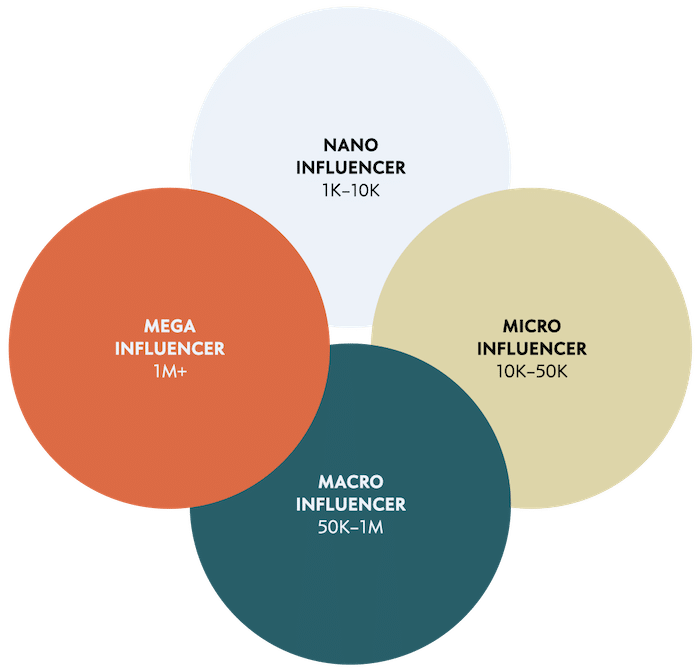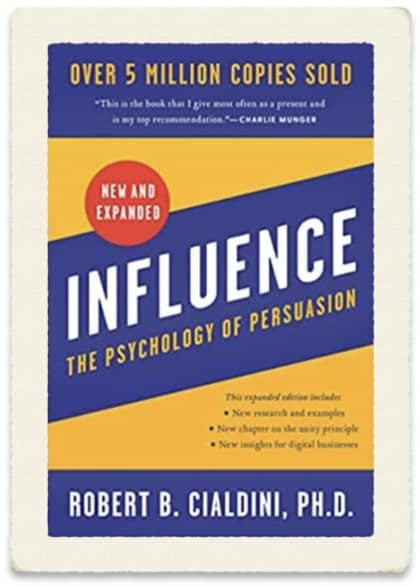OPA (other people’s audiences) is the fastest way to grow.
So, you have no audience. Well, that’s the way every brand has to start. Building an audience isn’t easy, and there are no guarantees of success.
However, there’s a way to grow your audience — fast.
And with little cost.
You piggyback on other people’s audiences.
Let’s dive right in:
OPA — Too Good To Be True?
Typically, you build an audience slowly and steadily. You struggle to reach new people, and then you work to establish enough trust for people to stick around.
It’s a mutual understanding — a Follower Contract.
But what if your inbound growth is too slow?
And your marketing budget is weak?
You could design a clever viral loop. Still, viral loops are typically development-heavy and keeping them “alive” is extremely difficult — if you can even get them to work in the first place.
But getting yourself and your brand in front of other people’s audiences is a surefire way to accelerate your growth. If you manage to collaborate wisely, your brand audience could grow exponentially.
It sounds almost too good to be true.
However, it’s true and tested. The only caveat is that you must have something of value to trade.
Incentive Mapping for OPA
These are my best tips to get yourself and your brand in front of OPA (other people’s audiences): 1I recommend Copyblogger’s excellent blog article, The Smart Way to Use Other People’s Audiences to Build Your Own.
1. Give OPAs Exclusivity
Your brand might have access to exclusive reports, content, news, launch details, etc.
2. Give OPAs Traffic
Your brand might have at least some online traffic of interest for the platform owner to benefit from.
3. Give OPAs SEO Boosts
Your brand might offer do-follow links and social media mentions of value for the platform owner.
4. Give OPAs Well-Deserved Praise
Your brand might be able to honour the platform owner with a relevant reward, like an honorary title.
5. Give OPAs Extra Clout
Your brand might be positioned to elevate the platform owner (“kingmaker”) to a higher status.
6. Give OPAs Valuable Insight
Your brand might offer the platform owner’s audience expert knowledge of value.
7. Give OPAs Some Excitement
Your brand might offer exciting value experiences to the platform owner’s audience.
8. Give OPAs Lots of Entertainment
Your brand might be able to offer compelling stories or other types of entertaining content.
9. Give OPAs Useful Inspiration
Your brand might be in a position to offer inspiration.
10. Give OPAs Your Services
Your brand might be able to offer products or services for free.
The No. 1 Strategy for OPA
While the above Incentive Mapping is helpful, there’s one OPA strategy that outshines them all:
Become an influencer with an audience yourself.
It’s a chicken-or-the-egg situation, of course, but it’ll be easier to piggyback on other people’s audiences as your audience grows.

THANKS FOR READING.
Need PR help? Hire me here.

PR Resource: Influencer Marketing vs Influencer Relations
Influencer Marketing vs Influencer Relations
There are three main types of influencer marketing (digital marketing) and one primary type of influencer relations (digital PR):
Influencer Relations (Part of Digital PR)
Influencer outreach (earned media) = the influencer receives invitations, demos, or exclusive material without strings attached.
Influencer Marketing (Part of Digital Marketing)
Influencer advertising (paid media) = the influencer will publish the brand’s pre-made content in their channels.
Influencer sponsorship (paid media) = the influencer will read a script to convey an offering following the brand’s instructions.
Influencer collaboration (paid media) = the influencer showcases the brand’s offering by creating content similar to the influencer’s regular content.
Advertising, sponsorships, and collaborations are typically referred to as influencer marketing, and outreach is typically referred to as influencer relations.
Organisations looking to utilise the potential reach of relevant influencers will be wise to pay attention to these distinctions. 2Silfwer, J. (2020, January 15). The Influencers in Public Relations. Doctor Spin | The PR Blog. https://doctorspin.net/influencers-in-public-relations/
Learn more: Influencer Relations vs Influencer Marketing
PR Resource: How To Categorise Influencers
The Influencers in Public Relations
In public relations, influencers are individuals who have managed to grow a substantial audience, which has the potential to affect a specific organisation either positively or negatively.
Influencers = independent content creators with influential platforms and followings of potential importance to a brand. 3Silfwer, J. (2020, January 15). The Influencers in Public Relations. Doctor Spin | The PR Blog. https://doctorspin.net/influencers-in-public-relations/
Establishing and maintaining good relationships with strategically chosen influencers for the organisation is often critically important.
“Influencers in public relations are emerging stakeholders who generate a state of opinion in the digital community that surpasses traditional public opinion.”
Source: The Role of Prosumers in the Interactive and Digital Processes of Public Relations 4Polo, M. (2020). The Role of Prosumers in the Interactive and Digital Processes of Public Relations. 161 – 174. https://doi.org/10.4018/978 – 1‑7998 – 3119‑8.ch012
How To Categorise Influencers
There aren’t standardised terminologies for influencer marketing and influencer relations, and no general following sizes or engagement ratios exist. However, it’s possible to make approximate distinctions.

I recommend using the following tiers and naming conventions for categorising different types of influencers:
Learn more: The Influencers in Public Relations
PR Resource: Six Principles of Influence
Influence
Robert B. Cialdini published “Influence: The Psychology of Persuasion” in 1984, and his principles of influence are widely cited. They provide a framework for understanding how people are persuaded, and public relations, advertising, and sales professionals often use them. 5Cialdini, R. B. (2009). Influence: The psychology of persuasion (Rev. ed.). HarperCollins.

Here are Cialdini’s six principles:
These principles are powerful tools for persuasion and can be used individually or in combination to influence perceptions and behaviours.
Learn more: Public Relations Books
Annotations
| 1 | I recommend Copyblogger’s excellent blog article, The Smart Way to Use Other People’s Audiences to Build Your Own. |
|---|---|
| 2 | Silfwer, J. (2020, January 15). The Influencers in Public Relations. Doctor Spin | The PR Blog. https://doctorspin.net/influencers-in-public-relations/ |
| 3 | Silfwer, J. (2020, January 15). The Influencers in Public Relations. Doctor Spin | The PR Blog. https://doctorspin.net/influencers-in-public-relations/ |
| 4 | Polo, M. (2020). The Role of Prosumers in the Interactive and Digital Processes of Public Relations. 161 – 174. https://doi.org/10.4018/978 – 1‑7998 – 3119‑8.ch012 |
| 5 | Cialdini, R. B. (2009). Influence: The psychology of persuasion (Rev. ed.). HarperCollins. |


